If you've ever wondered why some cinnamon tastes sweet and delicate while others pack a spicy punch, you're not alone. The truth is, what most Americans call “cinnamon” is actually Cassia—a different variety than the “true cinnamon” (Ceylon) used in many professional kitchens. This guide cuts through the confusion with practical advice you can use today, revealing exactly which cinnamon to choose for your baking, coffee, or savory dishes—plus crucial health considerations most guides overlook.
Unlike generic spice articles, we tested each variety in real recipes to identify exactly how they perform. You'll learn why Ceylon cinnamon costs more, which type contains concerning levels of coumarin, and how to spot authentic cinnamon at the grocery store. No more guessing—just clear, actionable advice for better cooking.
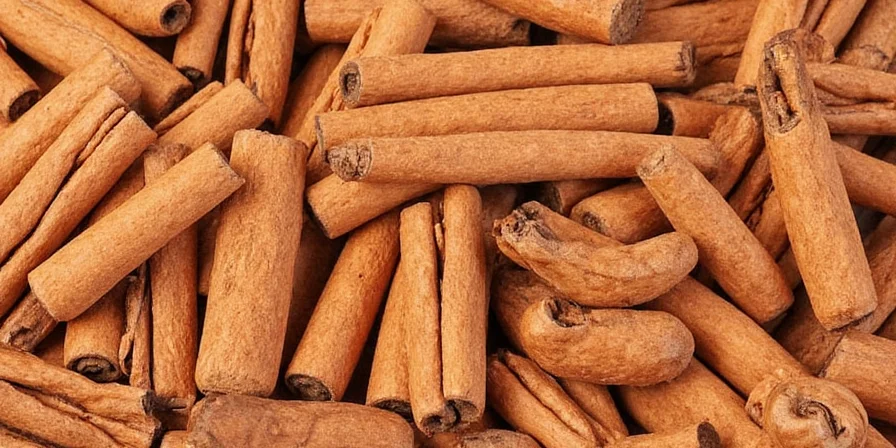
Ceylon vs Cassia vs Saigon: The 5 Cinnamon Types You Actually Need to Know
Understanding these five varieties solves most cinnamon confusion. The key difference? Ceylon ("true cinnamon") has delicate flavor and low coumarin, while Cassia (what's commonly sold as “cinnamon” in the US) is stronger and contains more coumarin. Here's what matters for your cooking:
- Ceylon Cinnamon – Sri Lankan “true cinnamon” with subtle sweetness; safe for daily use
- Cassia Cinnamon – Common US grocery store “cinnamon”; strong flavor but high coumarin
- Saigon Cinnamon – Vietnamese variety with intense heat; perfect for cinnamon rolls
- Indonesian Cinnamon – Smoky notes; best for savory dishes and rubs
- Mexican Canela – Hand-rolled sticks; ideal for hot chocolate and beverages
Ceylon vs Cassia: Practical Differences You Can Taste
Forget complex chemistry—here's what actually matters in your kitchen. The coumarin difference is crucial: Cassia contains up to 60x more than Ceylon, making daily use potentially problematic. Use this quick-reference guide for your next recipe:
| Type | Flavor Profile | Coumarin Level | Best Uses | Where to Buy |
|---|---|---|---|---|
| Ceylon | Mild, sweet, citrusy | Very low (safe daily) | Custards, cold dishes, daily use | Specialty stores, online |
| Cassia | Strong, spicy, hot | High (limit to 0.5g/day) | Baked goods, occasional use | Grocery stores (labeled “cinnamon”) |
| Saigon | Intensely spicy, bold | Very high | Cinnamon rolls, signature dishes | Online, specialty stores |
| Indonesian | Earthy, smoky | Moderate | Savory dishes, spice rubs | Asian markets |
| Mexican (Canela) | Warm, balanced, aromatic | Moderate | Hot chocolate, beverages | Latin markets, specialty stores |
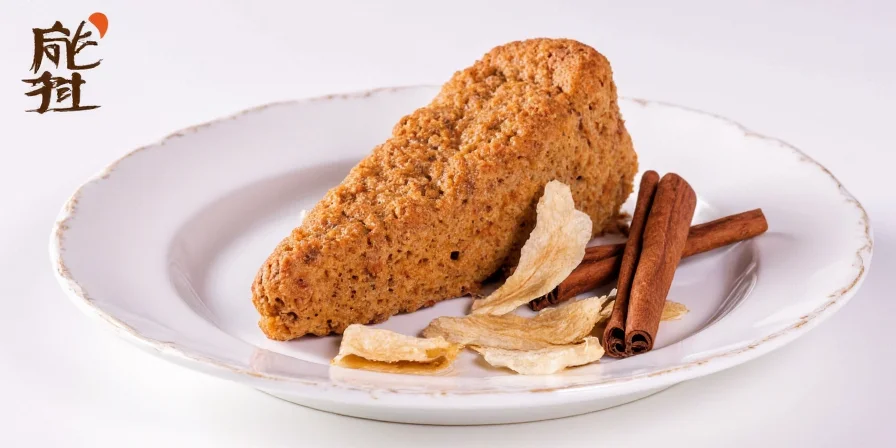
When to Use Each Cinnamon: Practical Kitchen Guide
Follow these simple rules to get the best flavor in your cooking without health concerns:
Daily Use & Sensitive Applications: Choose Ceylon
Use Ceylon for anything consumed daily like coffee, oatmeal, or smoothies. Its mild flavor shines in cold applications like ice cream or whipped cream where heat won't diminish its delicate notes. Look for the papery, multi-layered quills to verify authenticity—Cassia has a single thick roll.
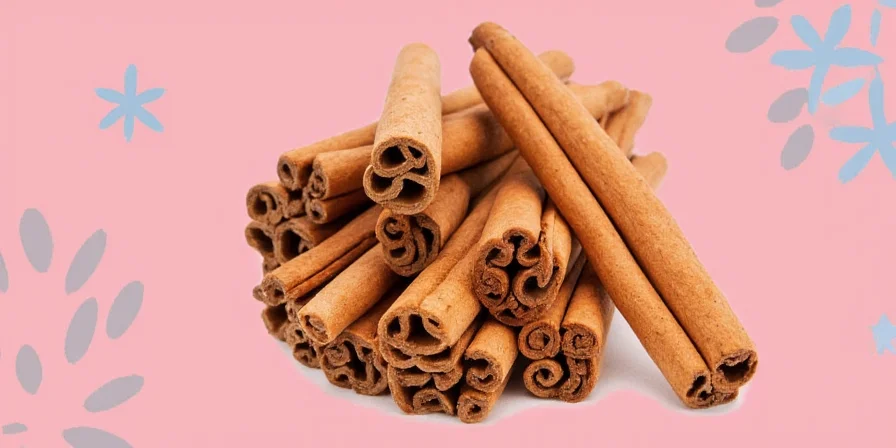
Baked Goods & Special Occasions: Cassia or Saigon
For cinnamon rolls, cookies, or apple pie, use Cassia for its strong flavor that holds up during baking. Saigon offers even more intense heat—use 25% less than Cassia. Both contain high coumarin, so limit daily use to under 0.5g (about 1/4 teaspoon).
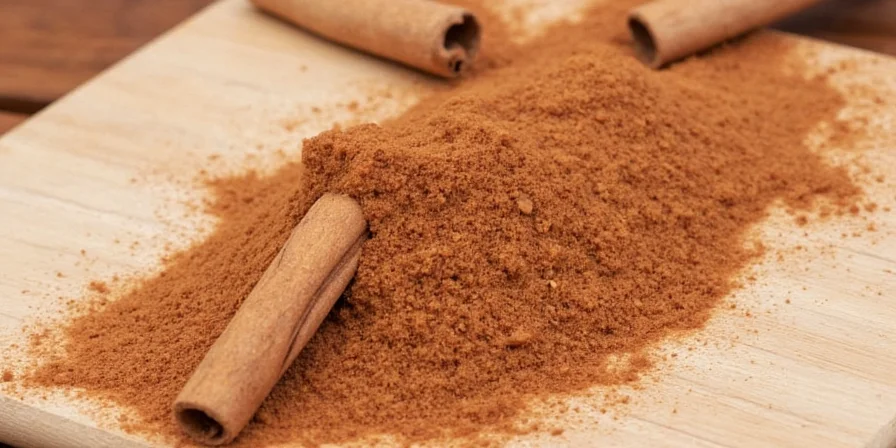
Savory Dishes: Indonesian Cinnamon
Add early in cooking for stews, curries, or meat rubs. Its earthy, smoky flavor complements savory ingredients better than sweet-focused Ceylon. Works especially well in barbecue sauces and mole.
Hot Beverages: Mexican Canela
Use whole sticks in hot chocolate or Mexican coffee—the hand-rolled process preserves flavor oils. Break sticks slightly to increase surface area without grinding, which causes faster flavor loss.
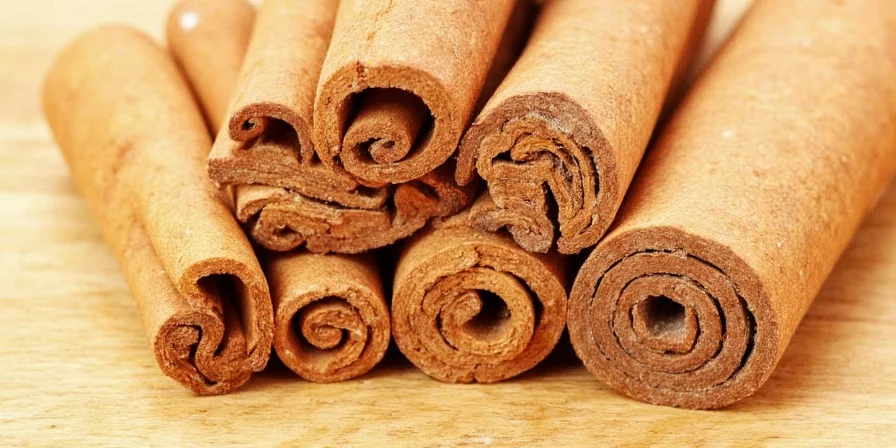
Your Simple Cinnamon Decision Guide
You don't need all five varieties—most home cooks only need two:
- Keep Ceylon for daily use, delicate desserts, and anything cold
- Keep Cassia or Saigon for baking and special occasion recipes
Check your current “cinnamon”—if it's sold as just “cinnamon” in US grocery stores, it's almost certainly Cassia. For daily use, consider switching to Ceylon for safety. For baking where intensity matters, Cassia works fine when used occasionally. The best test? Taste them side by side in your favorite recipe—the difference will surprise you.
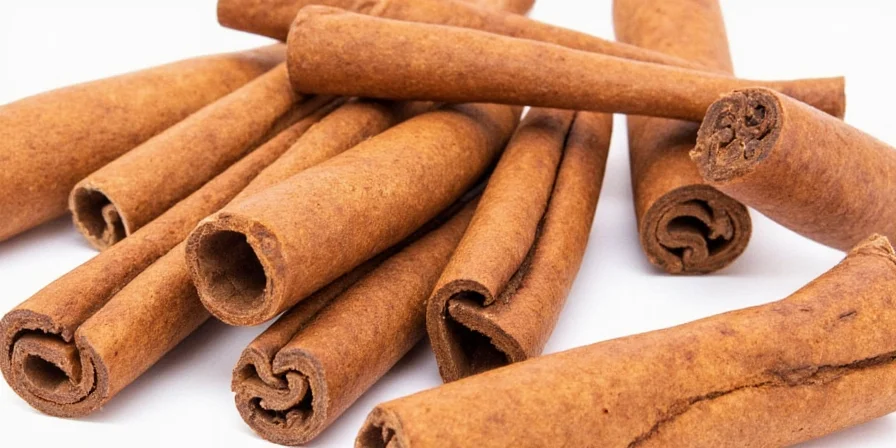
Frequently Asked Questions
Is the cinnamon in my grocery store actually Cassia?
Yes, nearly all standard “cinnamon” sold in US grocery stores is Cassia. True Ceylon is labeled specifically as “Ceylon cinnamon” and costs more. Check the quill structure—Ceylon has multiple thin layers while Cassia forms a single thick roll.
Can I use Cassia cinnamon every day?
Limited use is fine (under 0.5g/day, about 1/4 teaspoon), but daily consumption of Cassia may cause health concerns due to high coumarin levels. For daily use in coffee or oatmeal, switch to Ceylon which has negligible coumarin.
How can I tell real Ceylon cinnamon from fake?
Authentic Ceylon has: 1) Multiple paper-thin layers that crumble easily, 2) Light tan color (not reddish-brown), 3) Delicate, sweet aroma, and 4) Higher price point. Avoid products simply labeled “cinnamon”—they're almost always Cassia.
Does cinnamon really expire?
Ground cinnamon loses potency within 6 months; sticks last 1-2 years. For best flavor, buy whole sticks and grind as needed. Store in airtight container away from light. If your cinnamon doesn't smell fragrant, it's lost most flavor compounds.
What's the best cinnamon for baking?
Saigon offers the strongest flavor for cinnamon rolls, but Cassia works well too. Use 25% less Saigon than Cassia in recipes. For delicate cakes or custards, switch to Ceylon to avoid overpowering other flavors.










 浙公网安备
33010002000092号
浙公网安备
33010002000092号 浙B2-20120091-4
浙B2-20120091-4